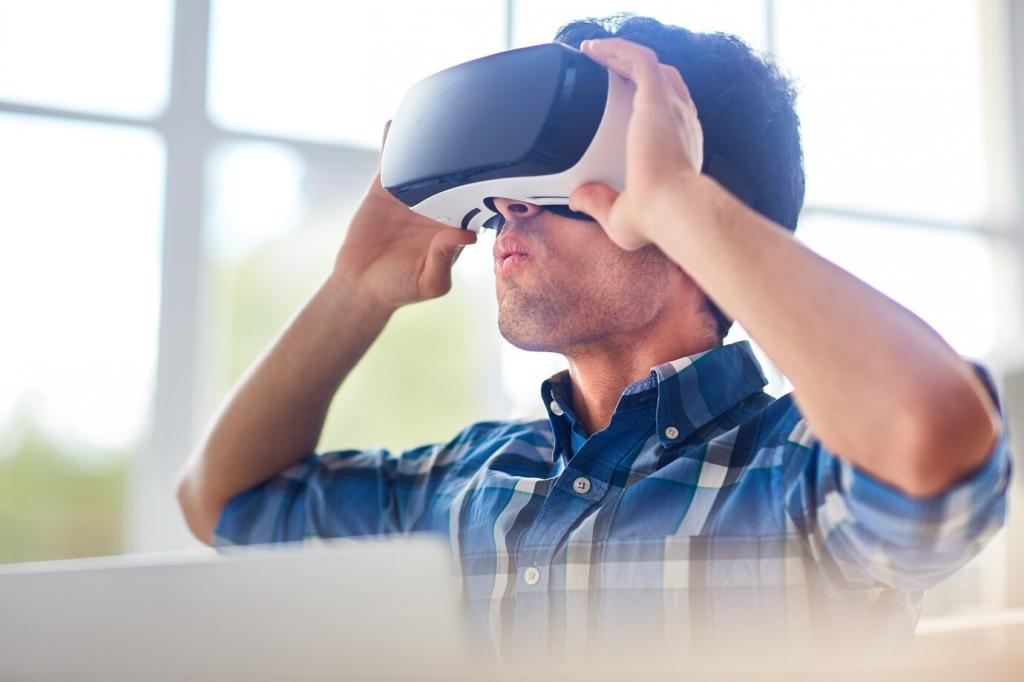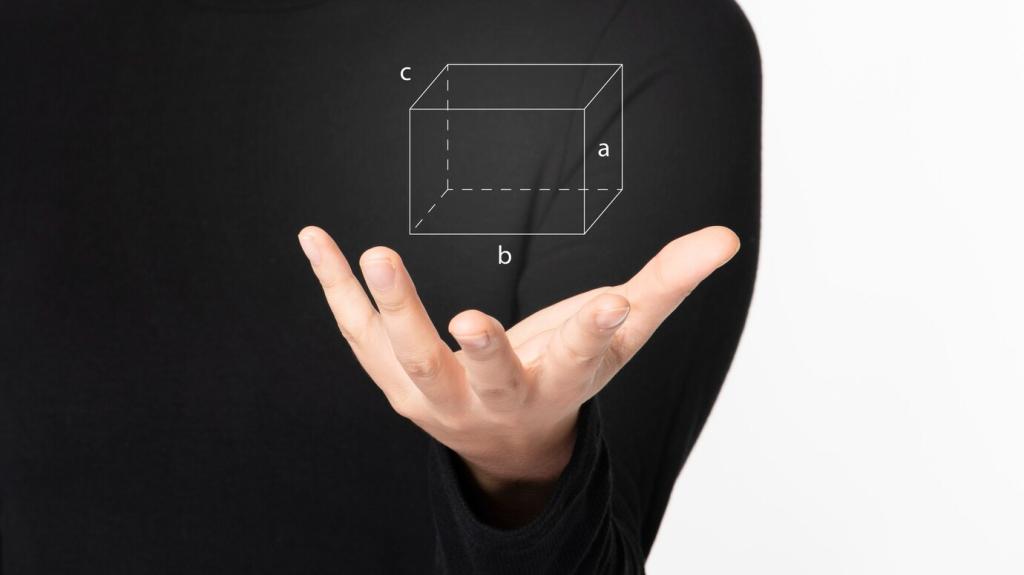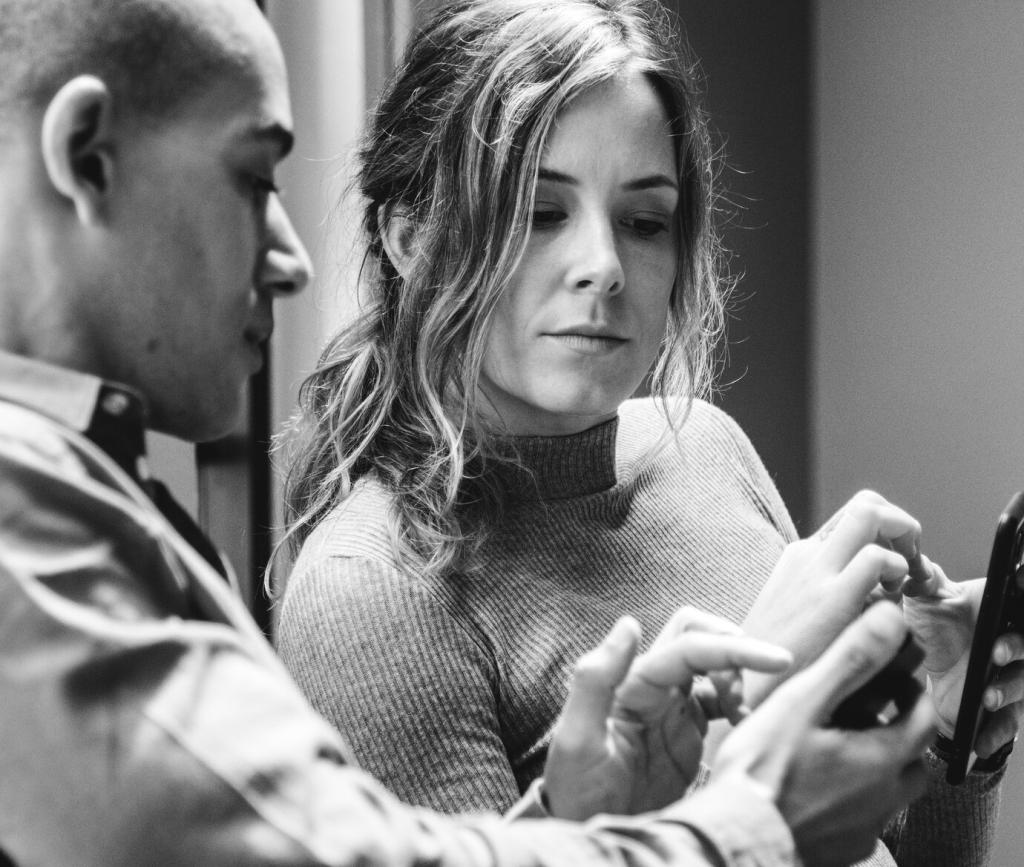Step Into the Story: Augmented Reality in News and Journalism
Chosen theme: Augmented Reality in News and Journalism. Welcome to a new front page where verified facts stand on your table, timelines unfold in your room, and complex issues become spatial, memorable experiences. Subscribe for weekly AR reporting insights and share how you want the news to appear in your world.



Why AR Belongs in the Newsroom Today
AR in journalism turns maps, timelines, and diagrams into anchored, three-dimensional companions to facts. Imagine a hurricane path layered over your street, or a policy timeline hovering above your desk. When stories live at human scale, nuance becomes easier to grasp and misinformation harder to hide.
Why AR Belongs in the Newsroom Today
During a destructive fire season, one newsroom published an AR overlay of containment lines. A reader placed it on their coffee table and finally understood why shifts in wind mattered. That spatial epiphany led them to pack early, message neighbors, and later write us thanking AR journalism for clarity.

Choosing Platforms: ARKit, ARCore, and WebAR
iOS-focused ARKit and Android’s ARCore offer powerful tracking, but WebAR can lower friction for time-sensitive journalism. Match platform to audience, device coverage, and story length. For breaking news, fast WebAR deployment matters; for feature packages, native apps can deliver richer AR persistence and performance.

3D Assets That Respect Facts
Every AR model in journalism should be sourced, attributed, and validated. Use photogrammetry for real-world fidelity, CAD for infrastructure accuracy, and satellite data for terrain truth. Maintain licensing logs and change histories, so editorial notes, corrections, and updated measurements propagate cleanly across augmented reality presentations.

CMS and Versioning for Spatial Stories
Integrate your AR experiences with the newsroom CMS to track revisions, captions, and metadata. Store scale, alignment cues, and source datasets alongside each 3D scene. Versioning ensures that when a fact changes, the augmented reality layer updates quickly, preserving trust and minimizing outdated visualizations in the wild.
Ethics, Accuracy, and Trust in AR Reporting
When AR reconstructs a crash site or protest route, corroborate geometry with official documents, crowd-sourced imagery, and on-scene measurements. Label uncertainties in the augmented reality scene. Include tap-to-expand sourcing that explains assumptions, so audiences understand what is known, contested, or still under investigation.
Designing Interaction for AR News
Some augmented reality pieces need a narrative rail; others thrive in free roaming. Start with a guided first minute that orients scale, controls, and goals. Then unlock open exploration so readers can investigate details, bookmark views, and share snapshots that surface the most compelling parts of your reporting.
In AR news, labels must be legible without crowding the scene. Favor concise annotations, responsive callouts, and layered toggles for detail. Use color systems tested for color blindness and keep metrics consistent with article text, so numbers align across augmented reality scenes and traditional paragraphs.
Gentle haptics, subtle arrows, and animated pulses can direct attention in augmented reality without shouting. Invite readers to tap for evidence or rotate for alternative viewpoints. Ask a question at key moments—then encourage them to subscribe to see follow-ups that expand the scene as the story evolves.

Newsroom Roles and Workflow for AR Projects
Pair reporters and editors with 3D artists, developers, data journalists, and fact-checkers. Assign a producer who speaks both editorial and technical languages. This bridge role protects narrative clarity while ensuring augmented reality performance, preventing beautiful yet confusing experiences that miss the journalistic point.

Distribution, Reach, and Sustainable Models
For broad reach, use WebAR links embedded in articles and social posts. For deeper features, keep an app with offline assets and richer augmented reality capabilities. Always provide clear instructions and a short onboarding so readers feel confident placing the scene and exploring your reporting.
Collaborate with universities, museums, and local newsrooms to co-create augmented reality explainers that travel. A transit investigation can live as a gallery exhibit and an AR layer in commuter hubs. Invite partner audiences to subscribe for updates, and credit all contributors prominently in-scene and in copy.
Transparent sponsorship labels, strict firewall policies, and editorial sign-off protect trust in AR news. Focus on long-lived explanatory projects that serve civic needs. If you have ideas for community-supported augmented reality pieces, tell us—your feedback shapes what we build and how often we can deliver it.
Lightweight wearables could let correspondents share stabilized, annotated scenes from disaster zones or court steps, while editors beam in captions and clarifications. Imagine subscribing to a reporter’s augmented reality channel and seeing verified context pinned to landmarks as events unfold in real time.

